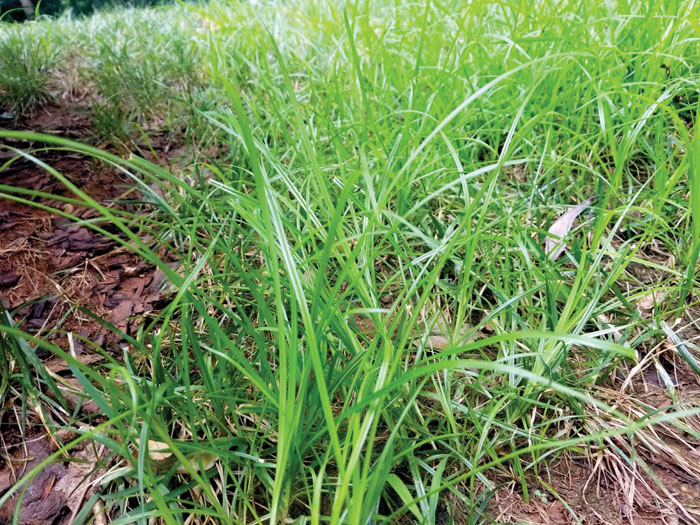Darrell Blackwelder column: Yellow nutsedge is a very difficult weed to control
Published 12:00 am Sunday, August 8, 2021

- Yellow nutsedge has triangular-shaped blades and grows very rapidly, especially in hot, humid weather
There is a grassy weed growing in our flower beds that seems to grow even more when we pull it up. Our grassy weed is yellow nutsedge. Yellow nutsedge is a very difficult weed to control. Most think of this weed as a type of grass, but it’s actually classified as sedge. The blades are triangular-shaped and grow very rapidly, especially in hot, humid weather that we’ve all experienced over the past few weeks. Unfortunately, yellow nutsedge forms tubers (nuts) at the tips of the rhizomes. During the growing season, plants spread by rhizomes (underground stems) producing “daughter plants.” Yellow nutsedge begins forming tubers at the tips of the rhizomes maturing in late July to mid-August. Spot spraying with a systemic herbicide such as glyphosate (Roundup) will control the newly emerged nutsedge, however the sprouts below ground generally continue to emerge and continue to be a problem. Many landscape maintenance professionals prefer to use a post emergence herbicide with the active ingredient Halosulfuron-methyl to control the weed. It’s trade name is Sedgehammer or other weed control brands at local garden shops and retail outlets. Nutsedge is difficult to control; one has to be persistent to achieve adequate control. Go to http://www.clemson.edu/extension/hgic/pests/weeds/hgic2312.html for more detailed information about the yellow and other sedges.
Darrell Blackwelder is the retired horticulture agent and director with the North Carolina Cooperative Extension Service in Rowan County. Contact him at deblackw@ncsu.edu .



